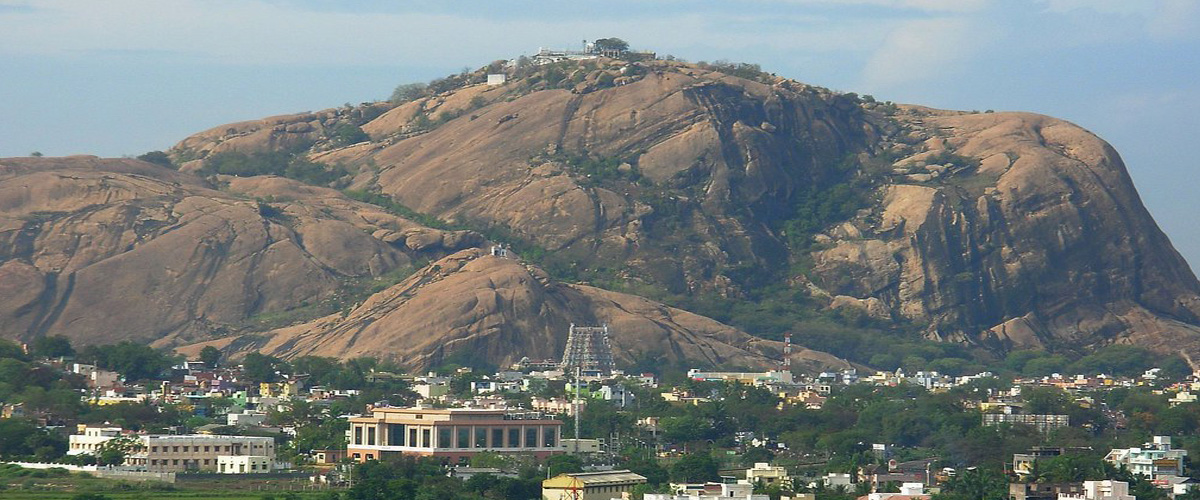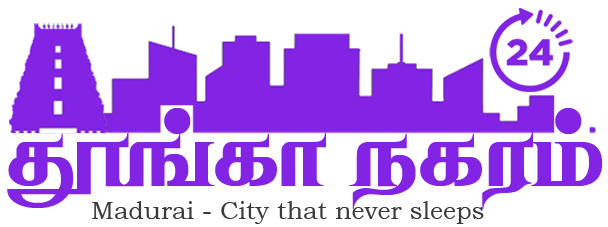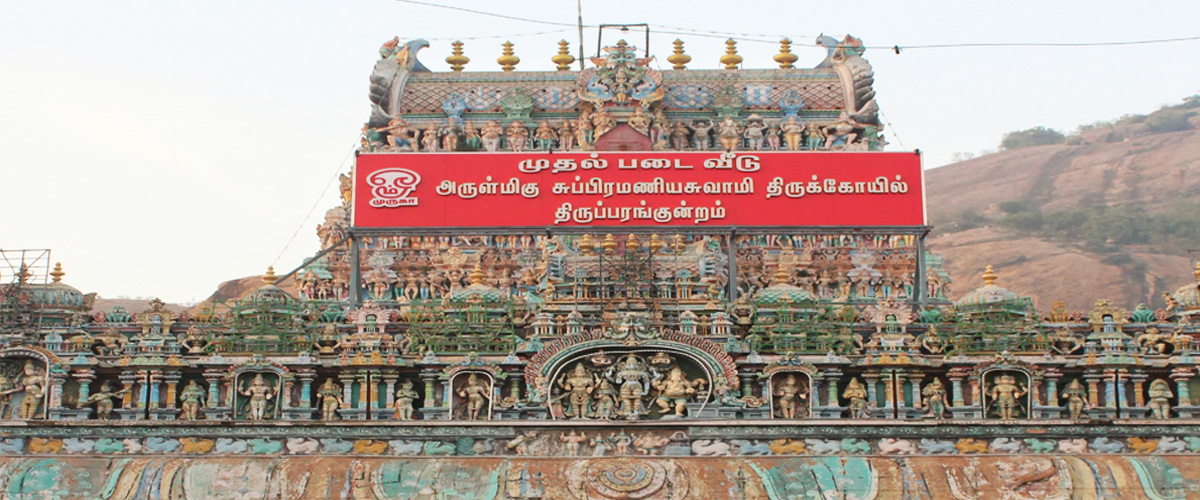Thiruparankundram Subramanya Swamy Temple
At the base of the beautiful hill surrounded by natural beauty in Thiruparankundram town stands the magnificent Subramanya Swamy Temple, also known as the “Hill Temple.” This temple is one of the six sacred abodes (Arupadai Veedu) of Lord Muruga, specifically the first abode.
This temple is historically famous for its three unique features — the deity (Moorthi), the place (Thalam), and the sacred water (Theertham). Thiruparankundram is one of the 275 Tevaram temples and is located about 1050 feet above sea level. The site has been known by many names including Thiruparangiri, Sumanthavanam, Parasala Thalam, Kumarapuri, Vittanuduruvam, Kandamadanam, Kandamalai, Sathyagiri, Thenparankundram, Thanparankundram, Swaminathapuram, and Mudarpadaivedu.
History of the Place
When Lord Shiva was teaching the meaning of the sacred “Om” mantra to Goddess Parvati on Mount Kailash, Lord Muruga was sitting on his mother’s lap. When Parvati’s father taught the mantra, Muruga also heard it. Scriptures say the sacred mantra should be learned directly from a guru and not overheard secretly; learning it indirectly is considered sinful.
Though Lord Muruga taught the meaning of the Om mantra to Lord Brahma, even though Shiva and Muruga are the same supreme being, it is improper to act without following scriptural norms. Therefore, Muruga came to Thiruparankundram and undertook penance.
During his penance, Lord Shiva and Parvati appeared to him, praised his devotion, and gave him a divine vision. Shiva and Parvati came to be known here as “Paranginathar” and “Avudai Nayagi.” The Meenakshi Sundareswarar temple is also situated here. Hence, devotees visiting Muruga’s temple traditionally first worship at the Meenakshi Sundareswarar temple.
Lord Shiva appeared to Muruga during the Tamil month of Thai on the day of the Poosam star. Therefore, worshipping both Shiva and Muruga on Thaipoosam day is believed to grant devotees their wishes. Following this, a ten-day festival is celebrated with great grandeur at Thiruparankundram.
Significance of Lord Muruga’s Incarnation
Muruga’s incarnation aimed to destroy the demon Soorapadman and his army, protecting the gods. After defeating Soorapadman, Muruga transformed the demon into a peacock (his mount) and a rooster (his flag), pleasing the gods and relieving their sorrows. To show gratitude, Indra, king of the gods, wanted to marry his daughter Devasena to Muruga. Their wedding took place at Thiruparankundram.
According to the Thiruparankundram Purana, during the wedding ceremony, Brahma conducted the rituals while the Sun and Moon held radiant lamps, Parvati and Shiva experienced supreme bliss, and Indra gave away Devasena.
Special Features
Among the six abodes of Lord Muruga, this temple is the largest in scale. It is unique for its Shiva Linga-shaped sanctum, enhancing its significance. The Saiva saints Sundaramurthi Nayanar and Thirugnanasambandar visited and sang hymns here. The Sangam poet Nakkeerar worshipped Lord Muruga at this temple, praising it as a sacred place that removes faults.

The name “Thiruparankundram” derives from the words “Thiru” (holy), “Param” (supreme), and “Kundram” (hill), meaning the sacred hill where Lord Shiva manifests in the form of a Shiva Linga. The hill is about 190 meters high. Thirugnanasambandar in his Tevaram hymns says that circumambulating this hill will remove all the devotees’ sins.


